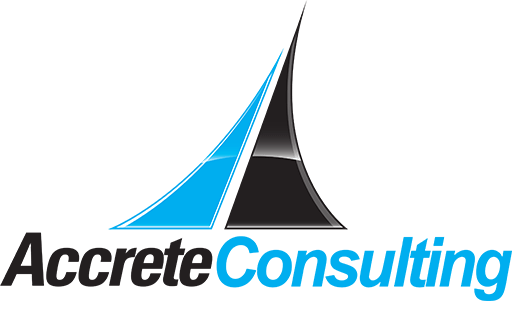CASE STUDY
CRM Roadmap to achieve customer 360 view
INTRO
Company Profile
Many companies have started with grandiose objectives on achieving a customer 360 vision, however what is implemented often misses the mark. Every company wants to delight their customers with their superior customer service. Sales representatives should have easy access to account information including Sales order status, Service Ticket status and Product complaints before going on a customer visit. Service Reps should have knowledge of the past services performed, commitments made by sales team, SLA’s, open service tickets and Parts ordered status. Call Centre agents should be able to identify the customer on receiving the call, be aware of SLA’s, ensure first time resolution and respond to emails within SLA.
Objective
Customers should be able to easily retrieve all information they are looking for when it is convenient for them through any channel they prefer. Marketing team should be able to gather and enrich customer information so that they can plan and run personalized campaigns. Channel managers need to track partner performance, provide tools and collateral to partners and help them succeed. Companies would like to find ways to acquire new customers, identify and retain valuable & loyal customers.
DETAILS
Business Challenge
On top of that every company has different systems for different processes, which don’t talk to each other. Customer data is stored in silos across the company in places like Excel, FoxPro, Lotus Notes, Outlook, one or more ERP systems, multiple CRM systems and different reporting tools.
So how do we get to a Customer 360 degree view of the customer?
High Level Steps
Below are some high-level steps that we have used to develop a CRM Roadmap for our customers in their quest for Customer 360-degree view.
Perform an executive visioning workshop about their vision of C360
Prioritize various CRM areas based on executive vision
Identify Organization change management requirements
Develop a CRM roadmap with multiple phases in consultation with the business
Plan and implement each phase of the CRM roadmap
Identify the business drivers for each area
Conduct high level workshops with the business for the areas identified in the Executive Vision
Perform a high level fit gap analysis based on high level business requirements
Develop a ROI for each phase of the CRM roadmap
Review the Roadmap once a year with the executives, adjust and re-prioritize
Following are some of our lessons learned while doing CRM roadmaps for different companies:
All departments within the company are serving the customer directly or indirectly and need to be involved in the visioning exercise.
You can never replace all CRM systems and put everything into one system. Try to reduce the number of systems to an absolute minimum and integrate all these systems as well as other ERP systems.
CRM implementations need to be done in phases with ROI measurement after each phase
Develop global CRM processes, which should be tweaked for localization.
Find your top customers and focus on them first. You will be surprised by the % of business generated by your Top 10 customers.
CRM projects should be run by the business in consultation with IT.
Define, Design and Document the global business process leveraging best practices in your industry.
Hiring of a Global Chief Customer Officer is highly recommended.
CRM phases which have the most bang for the buck should be done earlier.
Get In Touch
1155 Kelly Johnson Blvd. Suite 111 Colorado Springs, CO 80920

